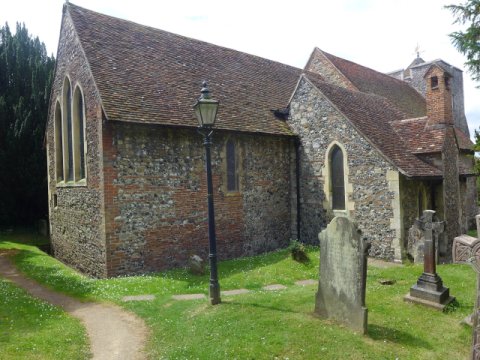Canterbury Cathedral was founded in 597 by St Augustine, after his arrival from Rome to convert the Anglo-Saxon pagans. Its original form is not known in any detail, though it was probably modelled on a Roman basilica. It was completely rebuilt from 1070 to 1077. The east end was greatly enlarged at the beginning of the twelfth century, and largely rebuilt in the Gothic style following a fire in 1174, and extended to include the shrine of Thomas Becket, murdered in 1170. The Norman nave and transepts were demolished and replaced in the 14th century.
The reconstruction below shows the cathedral before the 11th century rebuild.
Wilfrid's remains were translated here from Ripon but, c948, but his life after death was no more peaceful than his actual life. The Holy Trinity chapel, the location of his tomb at the east end of the cathedral, was totally destroyed in the fire of 1174, and the tomb remained in the ruined chapel for the next six years before being moved to a new location in the choir 'under the tomb of St Alphege'. St Alphege's burial location is commemorated on the floor of the choir to this day.
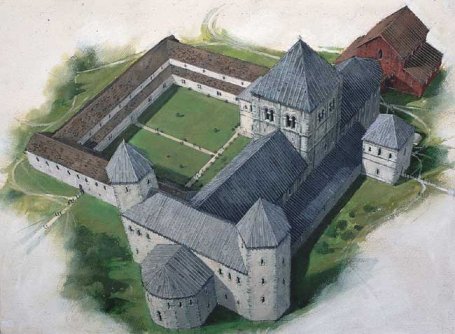
St Augustineís Abbey was, according to tradition, founded in 598, following Augustineís mission. King Ethelbert, a pagan, was married to Bertha, a Christian. Augustine converted him, and he gave the site of the monastery, just outside the city walls, for the use of monks. It was originally dedicated to Peter and Paul. Important burials include early kings of Kent, Bishops and Archbishops, Augustine himself, and Saint Mildred, a saint noted for her miracles.

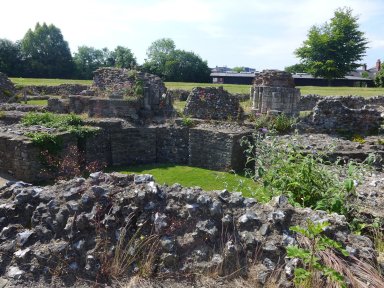
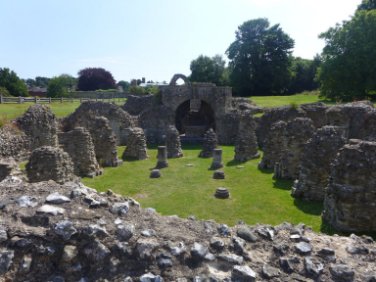
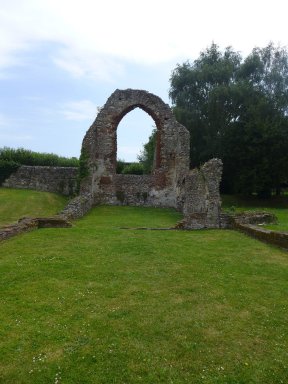
St Pancras church, said to date from (or even predate) the setting up of the monastery.
St
Martinís church, Canterbury, the oldest working church in Britain.

